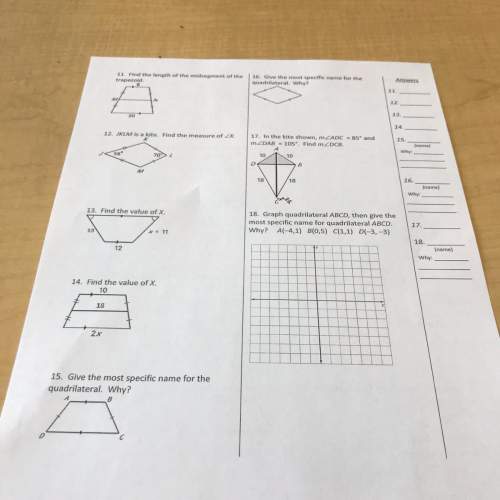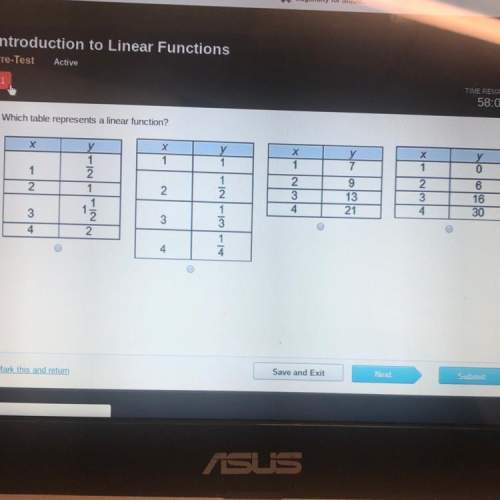
Mathematics, 05.07.2021 19:40, MansellS6756
A researcher surveyed a random sample of students from a large university about how often they see movies. Using the sample data, the researcher estimated that 23% of the students in the population saw a movie at least once per month. The margin of error for this estimation is 4%. Which of the following is the most appropriate conclusion about all students at the university, based on the given estimate and margin of error?A) It is unlikely that less than 23% of the students see a movie at least once per month. B) At least 23%, but no more than 25%, of the students see a movie at least once per month. C) The researcher is between 19% and 27% sure that most students see a movie at least once per month. D) It is plausible that the percentage of students who see a movie at least once per month is between 19% and 27%.

Answers: 1
Other questions on the subject: Mathematics

Mathematics, 21.06.2019 18:20, acharity196
Do social recommendations increase ad effectiveness? a study of online video viewers compared viewers who arrived at an advertising video for a particular brand by following a social media recommendation link to viewers who arrived at the same video by web browsing. data were collected on whether the viewer could correctly recall the brand being advertised after seeing the video. the results are given below. correctly recalled the brandarrival 409153browsing20484b. conduct the hypothesis test, using the 0.025 level of significance. what is the value of the test statistic? χ2stat=what is the p-value? p-value=is this value significant atα=0.025?
Answers: 2


Mathematics, 21.06.2019 23:30, abell23000
Afriend of mine is giving a dinner party. his current wine supply includes 10 bottles of zinfandel, 8 of merlot, and 11 of cabernet (he only drinks red wine), all from different wineries. (a) if he wants to serve 3 bottles of zinfandel and serving order is important, how many ways are there to do this? ways (b) if 6 bottles of wine are to be randomly selected from the 29 for serving, how many ways are there to do this? ways (c) if 6 bottles are randomly selected, how many ways are there to obtain two bottles of each variety? ways (d) if 6 bottles are randomly selected, what is the probability that this results in two bottles of each variety being chosen? (round your answer to three decimal places.) (e) if 6 bottles are randomly selected, what is the probability that all of them are the same variety? (round your answer to three decimal places.)
Answers: 3
Do you know the correct answer?
A researcher surveyed a random sample of students from a large university about how often they see m...
Questions in other subjects:


History, 01.07.2019 18:30

History, 01.07.2019 18:30

Mathematics, 01.07.2019 18:30




History, 01.07.2019 18:30

History, 01.07.2019 18:30

History, 01.07.2019 18:30








